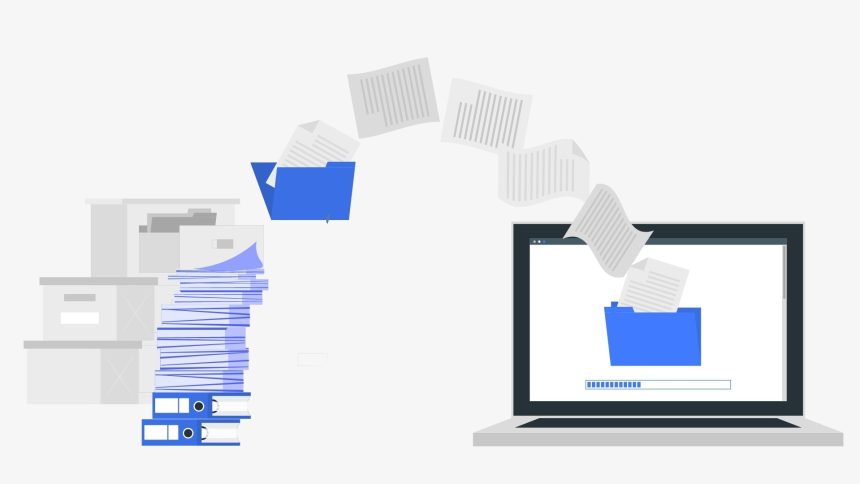Document scanning has become an essential component of modern business operations, offering numerous advantages such as reduced paper clutter, improved data accessibility, and streamlined workflows. Optical Character Recognition (OCR) technology plays a pivotal role in this process by converting printed or handwritten text into machine-readable text. In this comprehensive guide, we’ll delve into the world of OCR technology, exploring its applications, benefits, and practical implementation steps for efficient document scanning.
Understanding OCR Technology
What is OCR?
OCR, or Optical Character Recognition, is a technology that enables the conversion of printed or handwritten text into machine-encoded text. It works by analyzing the shapes, patterns, and contours of characters and symbols in scanned images, transforming them into a digital format that can be edited, searched, and stored electronically.
Key Benefits of OCR
OCR technology offers several noteworthy advantages for document scanning and management:
1. Improved Data Accessibility
OCR allows for the conversion of paper documents into searchable digital text. This means that you can quickly locate specific information within a document, enhancing data accessibility and retrieval.
2. Enhanced Data Accuracy
Manual data entry is error-prone, leading to potential mistakes in transcription. OCR technology significantly reduces these errors by automating the process, resulting in higher data accuracy.
3. Cost and Time Savings
Automating document scanning and data extraction with OCR can save significant time and reduce operational costs associated with manual data entry and document storage.
4. Streamlined Workflows
Integrating OCR into your document management system streamlines workflows by automating repetitive tasks, allowing employees to focus on more critical responsibilities.
Implementing OCR for Document Scanning
Now that we’ve highlighted the benefits of OCR technology, let’s explore the steps to implement it effectively for document scanning within your organization.
Step 1: Choose the Right OCR Software
Selecting the appropriate OCR software is paramount. Consider factors such as compatibility with your existing systems, accuracy, language support, and the ability to handle various document types. Popular OCR software options include ABBYY FineReader, Adobe Acrobat, and Tesseract.
Step 2: Prepare Your Documents
Before scanning, ensure that your documents are clean, well-organized, and free of wrinkles or tears. High-quality scanning is crucial for accurate OCR results. Use a dedicated scanner or multifunction printer with OCR capabilities for optimal results.
Step 3: Configure OCR Settings
Customize OCR settings to match the document type and language you are working with. OCR software typically allows you to adjust recognition parameters, such as text orientation, font size, and language dictionaries.
Step 4: Scan Your Documents
Place the documents in the scanner’s feeder or on the glass bed, and initiate the scanning process. OCR software will automatically analyze the scanned images and convert them into editable text.
Step 5: Review and Edit OCR Output
Even though OCR technology is highly accurate, it’s essential to review the converted text for any errors or formatting issues. Most OCR software includes text editing capabilities to make necessary corrections.
Step 6: Organize and Store Digitized Documents
Once you’ve verified the accuracy of the OCR output, organize and store the digitized documents in a secure and easily accessible location. Consider using document management software to categorize and index your files for efficient retrieval.
Advanced OCR Applications
Data Extraction
OCR technology can be extended beyond simple text recognition to extract specific data fields from documents. For example, invoices can be scanned, and relevant information such as invoice numbers, dates, and amounts can be automatically extracted for further processing.
Multilingual Support
Many OCR software solutions offer support for multiple languages, making them suitable for businesses with international operations. This ensures that documents in various languages can be accurately processed.
Final Thoughts
Implementing OCR technology for document scanning is a strategic move that can greatly enhance your organization’s efficiency and productivity. By choosing the right OCR software, preparing your documents meticulously, and following the steps outlined in this guide, you can streamline your document management processes and unlock the full potential of OCR technology. Embrace the digital transformation that OCR offers, and watch as your business enjoys improved data accessibility, accuracy, and cost savings.


